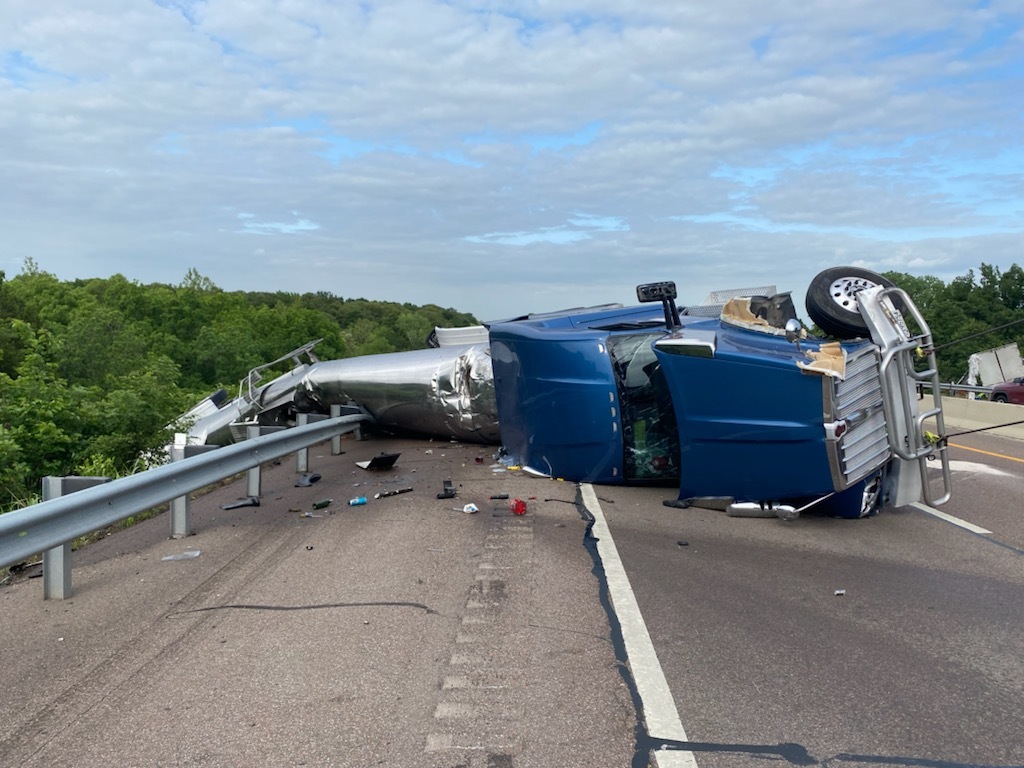
The Oklahoma Turnpike Authority is trying to make the case for more turnpike systems improvements following recent traffic accidents that either caused significant slowdowns or brought major traffic to a halt.
In a recent release, the Authority said a crash on I-44/Turner Turnpike between SH-66 in Wellston and the Kickapoo Turnpike closed westbound traffic for more than 90 minutes Tuesday evening, less than a week after a May 26 crash on westbound I-44/Turner Turnpike near Stroud stopped traffic for more than an hour.
In April, more than a hundred motorists sat idle up to seven hours as state troopers pursued an armed robbery suspect west of Stroud.
“For decades, the Turner Turnpike met the needs of motorists traveling between the state’s two largest cities,” OTA Deputy Director Joe Echelle said. “For safety and convenience, we have to enhance the turnpike to meet the modern needs of 21st century transportation.”
The Oklahoma Turnpike Authority’s 15-year, long-range plan includes nearly $1.3 billion in projects to modernize the Turner Turnpike – the most heavily traveled toll road in the state. Initial projects are currently in the design phase.
The Turner Turnpike opened in 1953, three years before the federal National Interstate and Defense Highways Act created the interstate highway system. The turnpike was a modern marvel at its opening, but it has since seen traffic volume and the modern-day freight vehicles outgrow its capacity.
OTA’s plan, ACCESS Oklahoma, will provide at least five new interchanges on the Turner Turnpike, creating traffic diversion points for motorists and added access to nearby towns.
ACCESS Oklahoma will also widen the Turner Turnpike to three lanes between Oklahoma City and Bristow, completing the project OTA started near Tulsa as part of the Driving Forward initiative. The widening will include serviceable shoulders, lighting in the median and additional clearances on overhead bridges.
Three lanes of traffic with serviceable shoulders provides emergency responders and maintenance crews space to work while safely keeping at least one lane of traffic moving.





